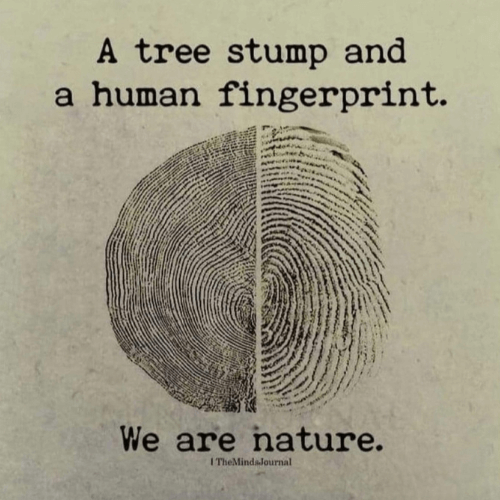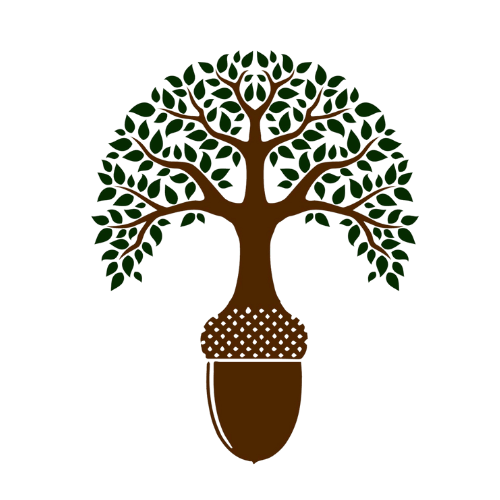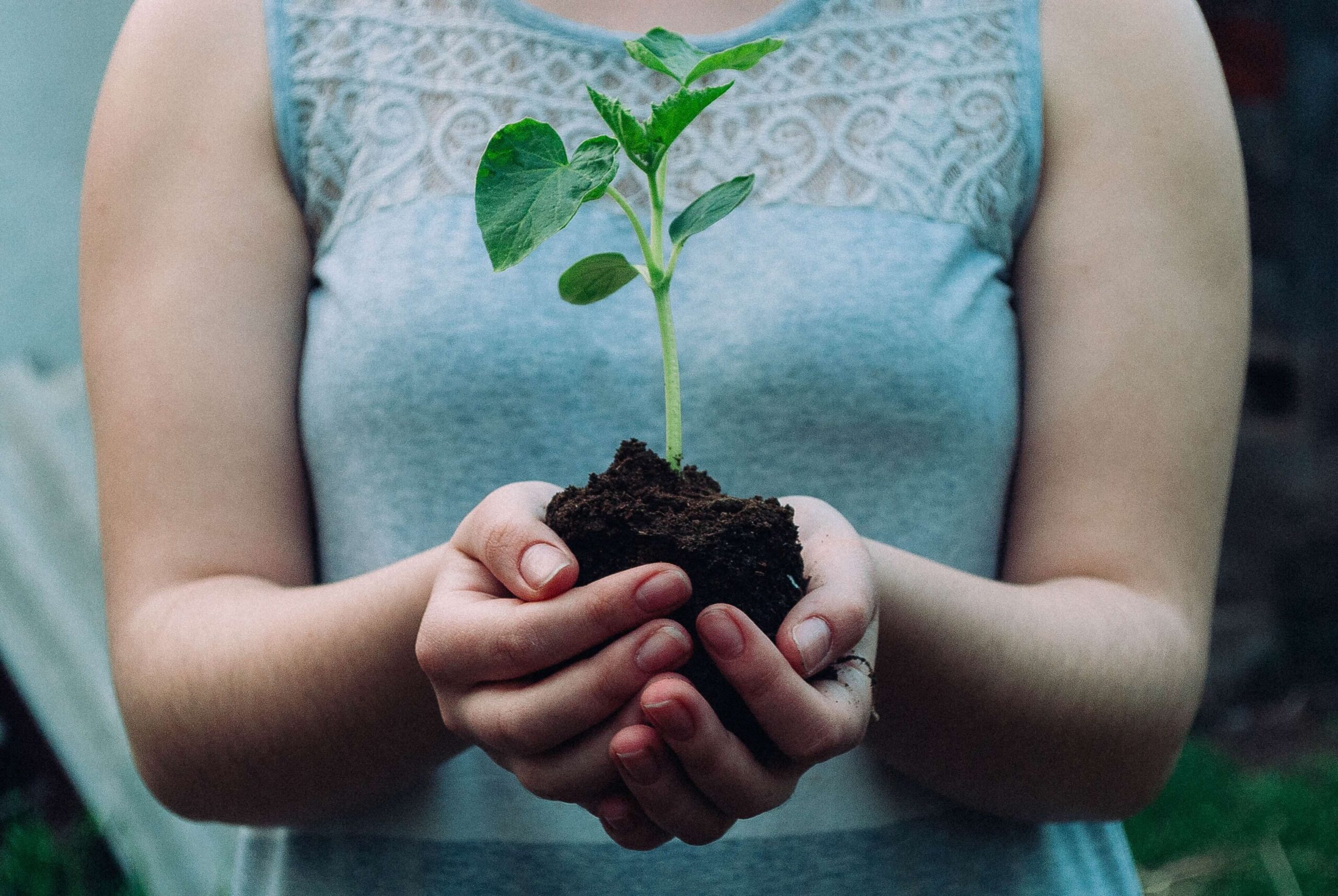Breaking Generational Cycles
Through Living Oak™ Leadership
The word trauma can be triggering for some and is often frowned upon discussing (especially in the context of the corporate environment), but it is essential to acknowledge its presence and significance as it relates to retention, engagement and productivity of a workforce, overall wellbeing of individuals and the future of the legacy of next generations.
Trauma is not limited to extreme, chronic or dramatic personal events, it can be any experience that has a lasting impact on individuals' well-being and performance. By recognizing and understanding the effects of trauma (notice I say the “effects” of trauma. This model is not advocating turning every leader or person into a therapist), leaders can create a supportive and inclusive work environment that fosters growth, resilience, and productivity. Individuals can thrive and be the catalyst for change within their families and ancestral lineage.
Before a leader or entrepreneur can create a container to support their teams and before an individual can heal themselves and their families, they must be given the opportunity to do their own work so they can tap into their highest form of self-leadership.
My previous work with individuals, entrepreneurs and leaders of organizations has shown the importance of creating a digestible way to understand exactly WHY raising awareness of the effects of trauma and becoming “conscious” leaders (and leaders of the “self”) is more vital today than ever.

The “Living Oak” Metaphor
I created the "Living Oak" metaphor to illustrate the connection between an individual’s generationally inherited energies, their own past experiences, perceptions and responses with their potential for growth and development in both personal and professional realms.
By viewing this cycle using an oak tree as a metaphor, it can help leaders, individuals and organizations understand the complex interplay of various factors influencing patterns and behaviors that may be limiting the full potential of themselves, their families or their staff even if they appear successful in certain areas.
Living Oak Leadership encompasses the inherited, experiential, and environmental factors that shape who we are and how we evolve. Opening the aperture with this metaphor gives a deeper understanding of the hidden factors that may impact mental, emotional, spiritual, and physical well-being and effectiveness of staff in the workplace as an entire ecosystem within an organization or ancestral unit.

Becoming an Acorn
As the acorn seed begins its journey of growth, it relies on everything it has learned and inherited to navigate and adapt to its environment. While carrying the imprints of the oak tree's experiences, the young tree also develops its own protective mechanisms to survive the various challenges it faces.
During this phase, the young tree is in a vulnerable position. It is still finding its own way, exploring its surroundings, and establishing its roots in the soil. The process of growth involves encountering and responding to the mini "traumas" it encounters along the way.
This stage of development for the young tree symbolizes the transition from dependency on inherited traits to the emergence of its unique characteristics and resilience. It embodies the process of self-discovery, tries to carve its own path, develops more protections, and adapts for its survival.
This phase of growth also parallels the journey of individuals in their personal and professional lives. As they navigate through challenges and experiences, they develop their own set of protective mechanisms and strategies for survival. It’s also where humans often unconsciously learn to bury any past wounds, triggers or responses to negative events. Creating awareness around these buried emotions and responses is crucial for personal and professional growth and effective leadership.
Recognizing the lasting impact of these buried emotions and how they may get expressed in individuals, families and workplaces and becoming “conscious of their influence is crucial, especially in leadership roles. Leaders who are attuned to their own emotions and those of others can create a safe and supportive environment that promotes growth, well-being, healing, effective collaboration, and productivity.

Beginning to Grow
As the acorn seed begins its journey of growth, it relies on everything it has learned and inherited to navigate and adapt to its environment. While carrying the imprints of the oak tree's experiences, the young tree also develops its own protective mechanisms to survive the various challenges it faces.
During this phase, the young tree is in a vulnerable position. It is still finding its own way, exploring its surroundings, and establishing its roots in the soil. The process of growth involves encountering and responding to the mini "traumas" it encounters along the way.
This stage of development for the young tree symbolizes the transition from dependency on inherited traits to the emergence of its unique characteristics and resilience. It embodies the process of self-discovery, tries to carve its own path, develops more protections, and adapts for its survival.
This phase of growth also parallels the journey of individuals in their personal and professional lives. As they navigate through challenges and experiences, they develop their own set of protective mechanisms and strategies for survival. It’s also where humans often unconsciously learn to bury any past wounds, triggers, or responses to negative events. Creating awareness around these buried emotions and responses is crucial for personal and professional growth and effective leadership.
As leaders, being aware of the potential impact of buried emotions on oneself and others allows for a more compassionate and supportive approach. It fosters an environment where individuals feel safe to express themselves fully within the life or work environment. This creates a supportive and collaborative culture which fosters healing from generational cycles, higher staff engagement, satisfaction, and retention. When employees feel supported, valued, and heard within their organization, they are more likely to have a sense of belonging and commitment to their work. When individuals and family members feel heard, healed and integrated, the entire family unit uplevels.

Collective Experiences and Wilting
As the oak seedling grows and becomes part of the forest community, it can face collective environmental challenges. Forest fires, diseases, droughts, and other such events can be considered collective "traumas" that affect not just individual trees but the entire ecosystem.
These collective experiences can have severe consequences for the young oak tree. It may become significantly damaged and begin to wilt under the strain of the environmental challenges. The tree's ability to access nutrients and water may be compromised (its own self-care), impacting its stability and resiliency.
The young tree may struggle to recover and regain its vitality and it may be unable to thrive without support. The loss of nutrients and stability can lead to further decline and even stunt the whole tree and those around it if it is unable to adapt or find support from the surrounding ecosystem.
This is often what happens to humans. They can look and become successful and resilient on the outside but at some point they may begin to wilt under the personal, professional and environmental stresses to the point they start to lose productivity and engagement, quit their jobs or react poorly in the workplace or in their home lives.
The Forest Ranger and the Upward Spiral
To help the young wilting oak tree, it is important to have the right support and environmental safety mechanisms put in place. Forest Rangers are aware of what is happening in their forests and are equipped with the knowledge and expertise to create and maintain a supportive environment for the oak tree and other components of the ecosystem. They work towards implementing measures that safeguard the forest from potential threats (other “traumas”). By actively monitoring and addressing these challenges, Forest Rangers help to create an environment where the oak tree and other species can thrive.
This perspective extends beyond the metaphorical realm and highlights the importance of environmental stewardship and leadership in real-world contexts. While Forest Rangers fulfill their role in protecting and preserving forests, their actions contribute to the oak tree's ability to blossom and strengthen.
Similarly, individual cycle breakers and leaders in organizations and communities are needed to create supportive and sustainable environments that promote the growth and well-being of their families, teams, organizations, stakeholders and the planet. One vital way to accomplish that is by being aware of all the factors that affect humans and creating safe spaces for them to blossom into an “upward spiral”, allowing the oak tree to grow bigger, stronger and more secure.

The Living Oak
To help the young wilting oak tree, it is important to have the right support and environmental safety mechanisms put in place. Forest Rangers are aware of what is happening in their forests and are equipped with the knowledge and expertise to create and maintain a supportive environment for the oak tree and other components of the ecosystem. They work towards implementing measures that safeguard the forest from potential threats (other “traumas”). By actively monitoring and addressing these challenges, Forest Rangers help to create an environment where the oak tree and other species can thrive.
This perspective extends beyond the metaphorical realm and highlights the importance of environmental stewardship and leadership in real-world contexts. While Forest Rangers fulfill their role in protecting and preserving forests, their actions contribute to the oak tree's ability to blossom and strengthen.
Similarly, individual cycle breakers and leaders in organizations and communities are needed to create supportive and sustainable environments that promote the growth and well-being of their families, teams, organizations, stakeholders and the planet. One vital way to accomplish that is by being aware of all the factors that affect humans and creating safe spaces for them to blossom into an “upward spiral”, allowing the oak tree to grow bigger, stronger and more secure.


